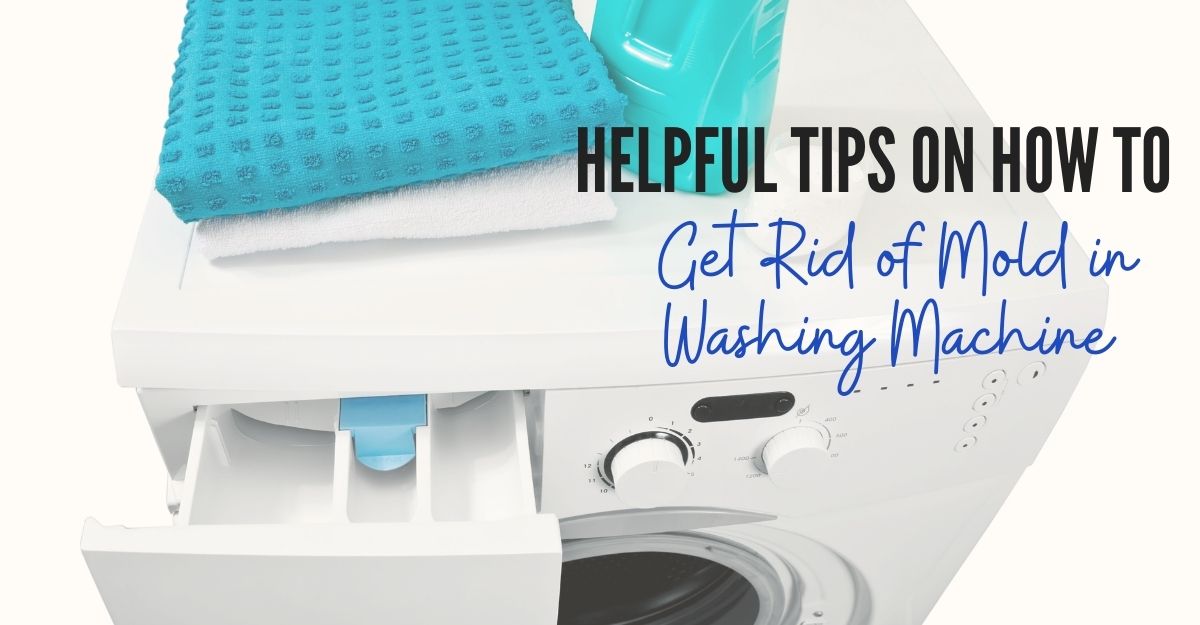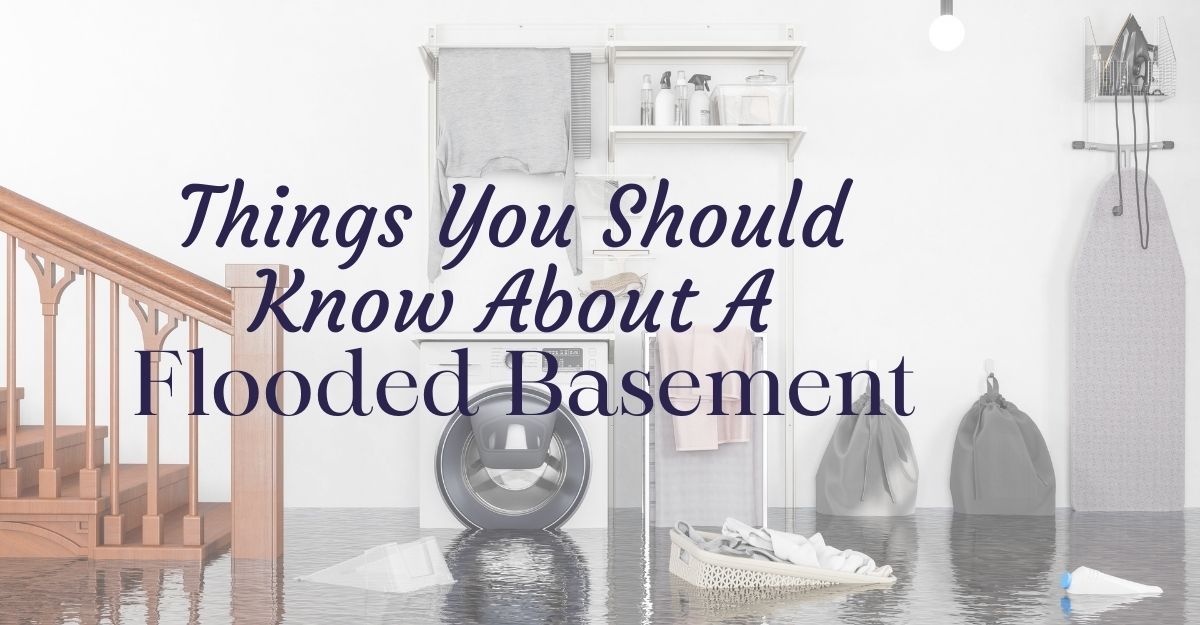Compared to other areas in California, winters in the southern part may be mild and uncommon. Southern California doesn’t get subzero temperatures but it has been known to occur and with winter comes increased rainfall. So it’s still best and necessary to perform preventative measures to keep your home safe against winter water damage.
Keep Your Home Winter Ready
The following are some tips to prepare and protect your home from water damage this winter:
1. Clean Gutters and Drainage
Increased rainfall happens when winter comes, you might not expect it but make sure your gutters are ready. Cleaning your gutters including the drainage in early winter will prepare your home for any showers and save money in the long run. Not cleaning can clog your gutters and drainage which can lead to water seeping into the foundation of your home which will eventually lead to serious damage.
What To Do
- Use a ladder and have someone secure it before cleaning your gutters
- You can use a small shovel to take off the dirt and dump it properly.
- With a hose, flush out the gutters.
- Once clean, check your drainage for some issues and also your basement for mildew and water damage.
- Extend your downspout to direct the water away if your basement starts to show signs of water damage.
2. Check The Electrical System
Before winter sets in, make sure the electrical system doesn’t have issues to avoid electrical failure in winter.
- Inspect poor insulation and any discoloration on the breaker wires.
- Check the service main panel as well as the wall sockets and extension cords for sparking.
- With a multimeter, check electrical circuits and ground fault circuit interrupters to test if there’s any power flowing through it.
- Hire a trusted electrician to investigate further in case there are problems.
3. Check Window Wells
A window well is a U-shaped, ribbed metal or plastic material designed to fit around basement windows. They provide a space between the window and the surrounding earth to let natural light into your basement. They also aid in keeping soil away from the window fixtures and provide ventilation.
- Window wells should be maintained well so as not to put the basement at risk. They play an essential role in draining excess rainwater from the foundation.
- Check your window wells before winter sets in to avoid further problems.
- Check and inspect the liner and if any have become loose, consider replacing it.
4. Test Sump Pump
A sump pump is used to help keep the basements or crawl spaces dry and prevent it from flooding.
- Test the pump early in winter to make sure that it’s working and to avoid a flooded basement and foundation damage.
- Check the exit pipe for dirt and debris and remove clogs.
- Check if the water is being directed well further away from your home’s foundation.
- If you have a dual cord pump, unplug both cords. Then, plug the pump cord into the outlet. If it turns on immediately and you could hear a humming sound, then it is working properly. Put 20 liters of water into the pump pit until the float rises if you have a single cord pump. If it kicks on, then it’s working as it should.
- After testing, remember to plug everything back in.
- Consider placing a water detector to protect your basement from water damage.
5. Clean Dryer Vents
Homeowners will more likely use the dryer, especially in colder months.
- Remove built-up lint from the dryer to improve your household energy efficiency and reduce the risk of fire.
- Clean the lint filter by sliding the filter out and scraping off any lint.
- Use a vacuum to remove any lint caught in the lint trap. Change the filter after cleaning it.
- Clean the lint vents located at the back of the dryer. Check the manufacturer’s instructions if you can’t find them. Use a screwdriver to loosen the clamps then hold the vent upright.
- Use a dryer vent duct brush to brush down the piping and twist the brush when you pull it out. Do this repeatedly until all the lint in the vent has been taken off.
- Reconnect the vent and turn your dryer on for 15 minutes.
6. Prevent Ice Dams
Ice dams form at the edge of a roof and prevent melting snow from draining properly. The water can leak into your home and cause serious damage to insulation, walls, ceilings, and other areas.
- Keep the whole roof at the same temperature to prevent ice dams from forming.
- Augment ventilation and increase insulation. Seal off areas that might have air leaks which can warm the underside of the roof.
7. Insulate Pipes
Winter can cause problems to your exterior pipes and are vulnerable to freezing. Frozen pipes are at risk of bursting and spewing gallons of water in a day. This can lead to serious leaks and eventually structural damage.
- Check for weak or corroded pipes that can lead to pipe bursts. Replace these parts right away if there’s moisture
- Turn off main external pipes and ensure that water has fully drained.
- Buy insulation tape to wrap around the exterior pipes for extra protection and other pipes that are found in the basement.
- Consider putting a bright color paint to your exterior faucet handles. This will help you or the plumber to spot the faucet easily for repair at night or during an emergency in winter.
8. Secure Leaky Windows and Doors
Protecting and sealing your door from water infiltration and the air is also a necessary part of home maintenance.
- Inspect doors and windows for air and water leaks.
- You will notice a gap between the seals when you close the lock.
- Check for any gaps between the exterior trim and the door frame and caulk gaps with exterior latex caulk.
- Check the threshold gasket. If the condition of it is worn, consider replacing it.
- Install a weather-resistant door sweep designed for exteriors.
- Add new weatherstripping if you have old windows or doors or replace them with new ones.
Other Tips To Prevent Water Damage in Winter
It’s still best to get prepared ahead of time to avoid disasters and regret later on. Because winter comes with freezing rain, blizzards, and sleet. Other helpful tips to prevent winter water damage include:
- Check your generator to make sure it’s working.
- Reserve batteries for flashlights or lanterns in case of power outages and blackouts.
- Keep a solar-powered or battery-operated radio in your home to keep you updated with the weather and news. Cell Phones’ reception sometimes goes out.
- Check also the condition of your gloves, window scrapers, and snow shovels.
- Store heavy snow supplies near the door to get quick access to them.
- Brush snow off tree limbs and use a broom to extend your reach. This will lower the risk of breaking off and prevent injury and damage.
Protect Yourself and Seek Professional Help
Protect yourself and your loved ones by performing winter home preparation and preventative maintenance. But, in case your home sustains water damage in winter, contact professionals at Superior Restoration immediately. We will take care of your water damage issues and bring your home back to its pre-damaged condition.
Feel free to call our local office today, Water Damage Ontario to know more about our restoration services. We are available 24/7.




